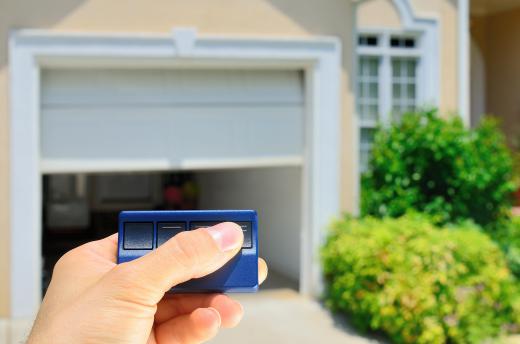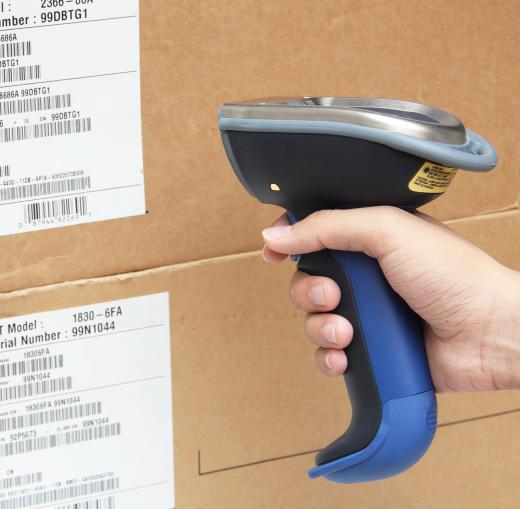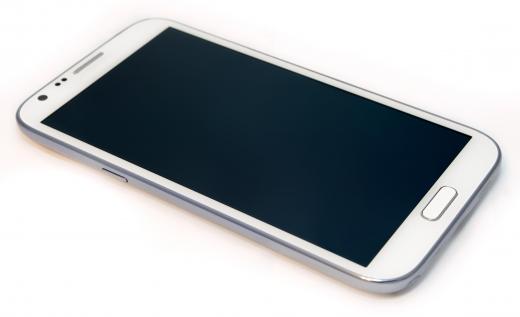What is a Light Sensor?
A light sensor, as its name suggests, is a device that is used to detect light. There are many different types of light sensors, each of which works in a slightly different way. A photocell or photoresistor, for example, is a small sensor that changes its resistance when light shines on it; they are used in many consumer products to determine the intensity of light. A charged coupled device (CCD) transports electrically charged signals, and is used as a light sensor in digital cameras and night-vision devices. Photomultipliers detect light and multiply it.
Devices that include these sensors have many uses in scientific applications, but are also found in items that people encounter each day. A simple light sensor may be part of a security or safety device, such as a burglar alarm or garage door opener. These types of devices often work by shining a beam of light from one sensor to another; if the light is interrupted, an alarm sounds or the garage door won't close.

Many modern electronics, such as computers, wireless phones, and televisions, use ambient light sensors to automatically control the brightness of a screen, especially in low-light or high-light situations. They can detect how much light is in a room and raise or lower the brightness to a more comfortable level for the user. Light sensors also may be used to automatically turn on lights inside or outside a home or business at dark.

Barcode scanners found in most retailer locations work using light sensor technology. The light emitted from the scanner illuminates the barcode, which is read and decoded by a sensor. Quick Response (QR) codes operate in much the same way, though they contain more information and typically can be read using a smartphone if the user has downloaded a code reader.

While some products that use light sensors have been around for a number of years, these sensors continue to become more important, especially through infrared technology. Warm-blooded animals, including humans, emit heat, which can be seen as infrared light. This energy can be detected using infrared light sensors to tell when a person is walking by, as opposed to being activated by another, non-human movement.
Motion-activated light sensors that recognize infrared can be found in grocery stores, for example. When a shopper walks by, the sensor in a display case recognizes that a person is passing, and the lights are turned on. The lights dim when no customer is in front of the case, and the store saves on energy costs. Many retailers and businesses use similar technology to control lights in rooms that are not in constant use, such as conference rooms or restrooms.
Light sensors continue to have many uses in science, from the simplest science fair experiments to the latest breakthroughs in space, medicine, and robotics. Robots, for example, can use light sensors to "see" and navigate around a room, detecting objects by sensing how light bounces off them. Improvements in fiber-optics technology will likely bring even more breakthroughs, as this technology can measure light and send signals in extreme conditions or remote locations where electricity isn't available.
AS FEATURED ON:
AS FEATURED ON:













Discussion Comments
I was wanting to set up a device that would activate when car headlights shine on it. Is there a sensor that does this?
I wanted to do a project where the lights will be switching on when the person walks in to a room and off only when he leaves the room, and not when another person enters the room.
In place of lights, I need other electrical equipment. Could you suggest the parts required for construction?
was wondering if their is a sensor out there that actually senses when light is on. for example. when light is turned on. the sensor triggers and activates. what is this sensor called? thanks
@mcsquared >> Yeah, the technology has a ways to go, but it’s getting better every year. While making it through the initial development of the technology can be somewhat tedious, it will pay off in the end. For example, the light sensors that you are annoyed at are already saving significant amounts of wasted water every year—I mean, have you ever seen a sink left running in an air port bathroom that uses light sensors on its sinks?
Personally, I think the technology is coming along at a fine pace. I own a distance finder which uses a laser and a light sensor to measure the distance between where you’re standing and where you’re pointing the laser. It’s surprisingly accurate!
Those light sensors in the airports are so annoying! They’re on everything now, from the sink to the toilets. You have to literally wave your hand in front of them to get them to work sometimes. While it’s awfully ‘neat’ to bring a level of automation to our day to day lives, I think I still prefer the low-tech solution of a regular faucet knob.
Post your comments